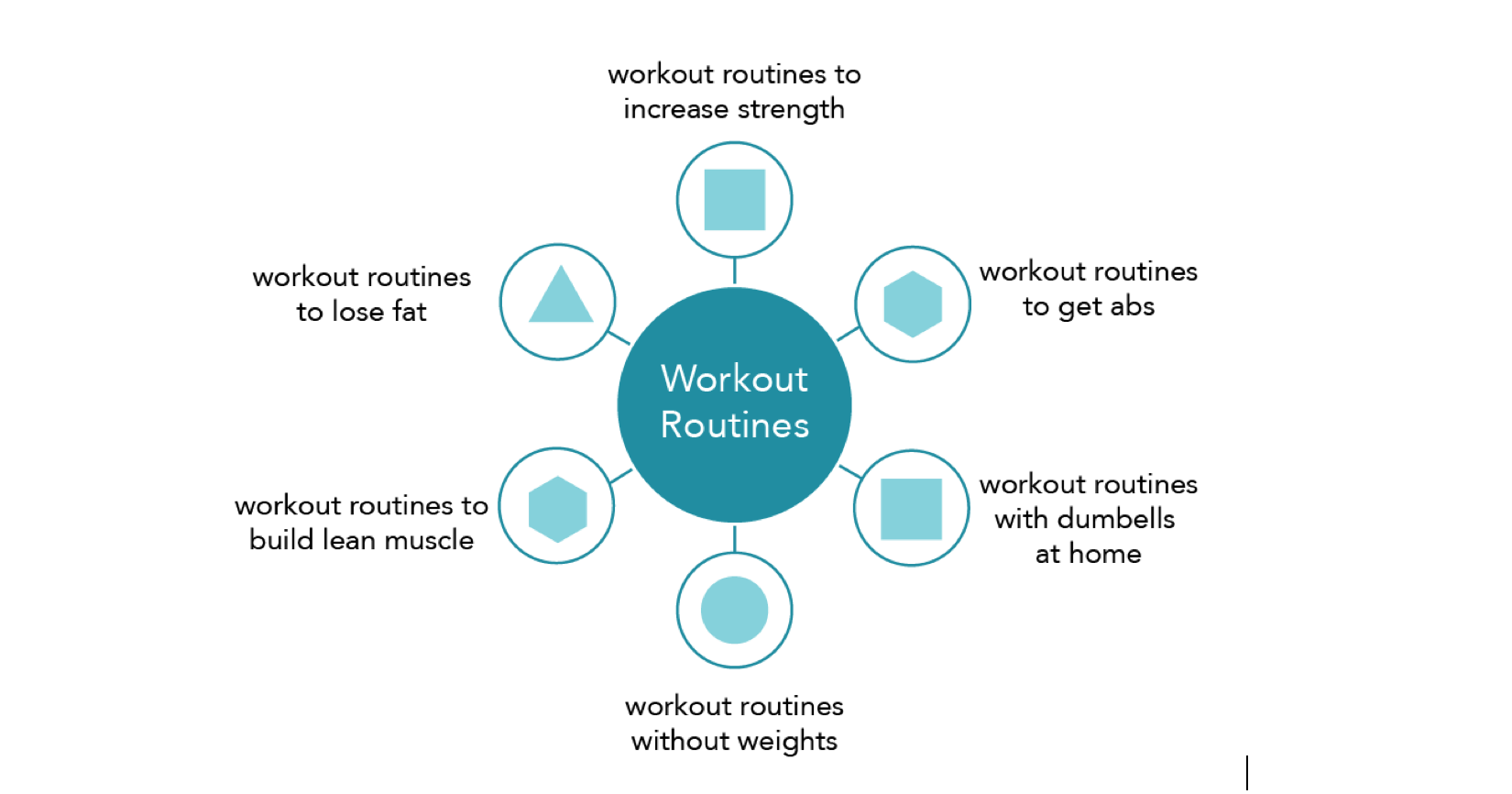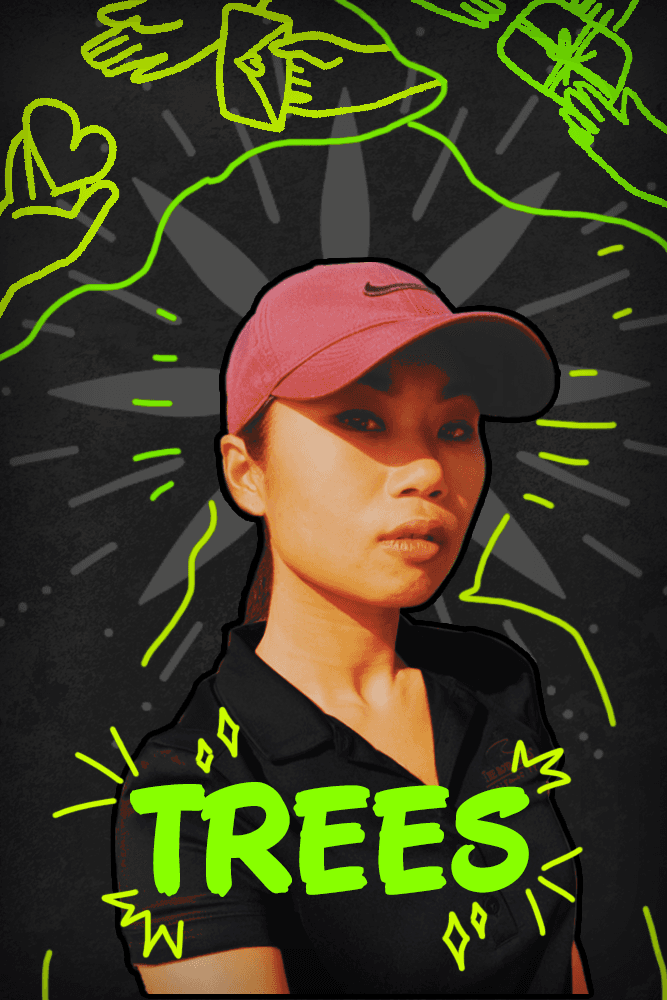Content Clusters: The SEO Secret to Owning a Topic

In the increasingly competitive world of search engine optimization, it's no longer enough to publish isolated blog posts and hope they rank. To dominate in today’s SERPs (Search Engine Results Pages), you need to demonstrate depth, authority, and structure.
That’s where content clusters come in—a powerful SEO strategy that helps you own entire topics, not just keywords.
In this article, we’ll break down what content clusters are, why they work, and how a beauty clinic used them to rank for multiple keywords around the topic “laser treatments”—ultimately boosting visibility, traffic, and client inquiries.

What Are Content Clusters?
A content cluster is a group of interlinked pages that revolve around a central theme. The structure typically includes:
-
A pillar page: A comprehensive guide that covers the broad topic.
-
Several supporting articles (cluster content): Focused on specific subtopics, each linking back to the pillar and to each other where relevant.
For example:
-
Pillar: “The Complete Guide to Laser Treatments”
-
Clusters:
-
“How Laser Hair Removal Works”
-
“Laser Resurfacing vs. Chemical Peels”
-
“Is Laser Safe for Sensitive Skin?”
-
“Preparing for Your First Laser Session”
This structure signals to search engines that your site is authoritative on the subject—and provides a great experience for users seeking detailed information.
Why Content Clusters Work
1. Improved Topic Relevance
When you cover a topic from multiple angles, Google is more likely to recognize your site as a valuable resource.
2. Better Internal Linking
Each piece of content supports the others, passing link equity and guiding users through a seamless reading journey.
3. More Keyword Opportunities
Each cluster article targets different long-tail or related keywords, increasing your chances of ranking for multiple variations.
4. Higher Engagement
Users stay longer on your site, moving from one piece of content to another—boosting session duration and reducing bounce rates.
The Use Case: Beauty Clinic Boosts Rankings with a Laser Focus
A leading beauty clinic wanted to increase visibility around one of their core services—laser treatments. Previously, they had scattered blog posts like:
-
“Benefits of Laser Hair Removal”
-
“Post-Treatment Skincare Tips”
These articles were helpful, but they weren’t structured or linked together, and they weren’t performing well in search.
Step 1: Creating the Pillar Page
They started by creating a comprehensive, evergreen guide:
“Laser Treatments Explained: Everything You Need to Know”
This page included:
-
An overview of different laser types (hair removal, skin resurfacing, pigmentation)
-
Safety guidelines and technology used
-
A FAQ section
-
Embedded images, infographics, and client testimonials
It was designed to be the go-to page for anyone searching about laser procedures in general.
Step 2: Developing Cluster Content
Next, they identified subtopics based on keyword research and client questions, then wrote targeted articles such as:
-
“Laser Hair Removal for Darker Skin: What You Need to Know”
-
“How to Choose Between IPL and Fractional Laser”
-
“Can Laser Help with Acne Scars?”
-
“What to Expect After a Laser Facial”
Each article included:
-
Internal links to the main pillar page
-
Contextual links to other relevant cluster posts
-
A call-to-action guiding readers to schedule consultations
This helped build content depth and semantic relationships between the pages.
Step 3: SEO Optimization and Publishing Strategy
Each page was optimized for:
-
A specific keyword and search intent
-
Unique meta titles and descriptions
-
Mobile performance and Core Web Vitals
They also:
-
Used schema markup (e.g., FAQ and MedicalService)
-
Submitted an updated sitemap through Google Search Console
-
Promoted the cluster on social media and email newsletters
The Results: Stronger Rankings, Broader Reach
Within three months of launching the content cluster:
-
The pillar page ranked on page one for “laser treatments [city name]”
-
Multiple cluster pages began ranking for long-tail keywords such as “best laser for acne scars” and “laser treatment aftercare tips”
-
Organic traffic increased by 60%
-
Average time on site improved by 40 seconds
-
More users clicked through from blog posts to service booking pages
By presenting itself as a subject-matter expert on laser treatments, the clinic earned topical authority, leading to more visibility and more leads.
How to Build Your Own Content Cluster
-
Choose a Core Topic that aligns with your services or business goals.
-
Create a Pillar Page that covers the topic broadly and links out to clusters.
-
Research Subtopics using keyword tools and customer questions.
-
Write Cluster Content targeting specific questions or concerns.
-
Interlink Thoughtfully—every cluster page should link to the pillar and at least one other article.
-
Track Performance using tools like Google Search Console and Ahrefs.
Final Thoughts
Content clusters aren’t just a trendy SEO tactic—they’re a smart, scalable strategy for building trust, ranking higher, and delivering a better user experience.
Whether you're a beauty clinic, tech company, or online retailer, clustering content around your most important services or products can help you own the topic in search results.
Just like the clinic in this case study, your brand can establish authority and attract highly targeted traffic—one well-structured cluster at a time.


Subscribe to follow product news, latest in technology, solutions, and updates
Other articles for you



Let’s build digital products that are simply awesome !
We will get back to you within 24 hours!Go to contact us Please tell us your ideas.
Please tell us your ideas.







